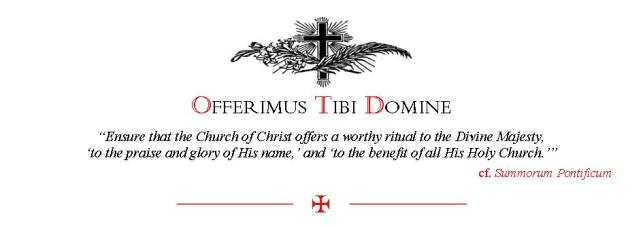In the new calendar tomorrow is the feast of Christ the King. I was pondering that the image of Christ as King and Ruler is very much related to some of the earliest images of Our Lord that Christians would have seen in their churches - that of the Pantocrator (Ruler of all, the One who sustains and accomplishes all things - creation and salvation). There's no crown but the message is the same. The mosaic or painted image of Christ in glory dominates the apse of the sanctuary. An awe-some image. It's one of those images and devotions that is not so keenly taken up in our own times. Somehow many Catholics seem a little squeamish about the power, strength and might of Our Lord. Another of those inconveniences of the Gospel that are perceived as being out of step with "modern" life and so we'd best reject them. We can see the same attitude applied to so many of the teachings of the Church (Gospel). Those getting hot under the collar about the Synod of Bishops questionnaire appear to be hoping all those inconvenient Gospel injunctions will be jettisoned after what they caricature as some sort of focus group has been taken into account. (Incidentally, if you want some guidance on how to answer the questionnaire, which by the tenor of the questions is obviously meant only for bishops, then have a look at Fr Finigan's response.)
No matter, the image of Christ King and Pantocrator and the teachings of the Gospel (Church) are both powerful - and when presented and lived with joy and conviction - also beautiful. Thus it is that the architecture and imagery of the space in which we worship should convey that power and beauty. This should be what we mean when we speak of "muscular Christianity". The architect Duncan Stroik writes in an editorial for "Sacred Architecture" which makes the point about beauty in our Faith reflected and proposed by the architecture of our churches.
To those who see the promotion of traditional art, architecture, and music as merely an act of nostalgia it must be pointed out that Pope Benedict saw the great masterpieces of Western art as living witnesses to the eternal faith. The Sistine chapel, Gothic cathedrals, and baroque altarpieces continue to speak to those who have eyes to see. The relation between tradition and innovation in Benedict’s thought grows out of Vatican II in which “any new forms adopted should in some way grow organically from forms already existing.” So what about the place of creativity in new works? “An art that lost the root of transcendence would not be oriented to God; it would be a halved art, it would lose its living root; and a faith that had art only in the past would no longer be faith in the present; and today it must be expressed anew as truth that is always present.”
A variation on the same theme. The beautiful mosaics in the church of Ss Cosmos and Damian in Rome.
So. I'm looking forward to tomorrow.
We are having Christus Vincit! as well as Hail Redeemer, King Divine.
The beautiful Introit, Offertory and Communion verses (here in translation):
Worthy is the Lamb that was slain, to receive the power and divinity and
wisdom and strength and honour: to Him be glory and empire for ever and ever. Give to the King, O God, Thy judgment, and to the King's Son Thy justice.
Behold, I have given You for a light of the nations; that You may be My salvationunto the ends of the earth.
The Lord shall sit a king for ever: the Lord shall bless His people in peace.
AND THAT'S JUST AT THE "ORDINARY" FORM!







.jpeg)




No comments:
Post a Comment